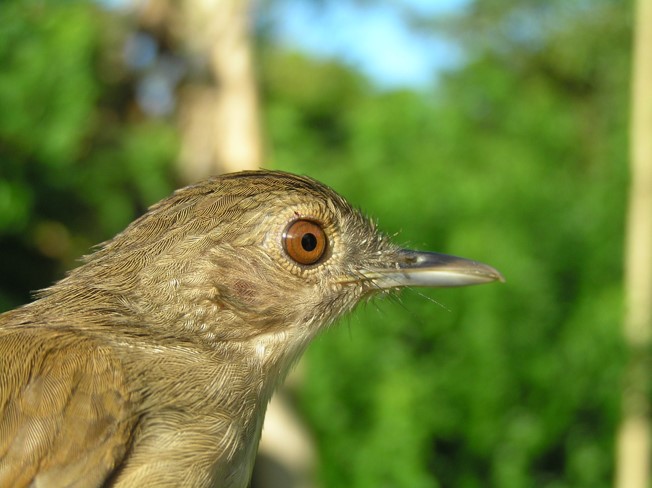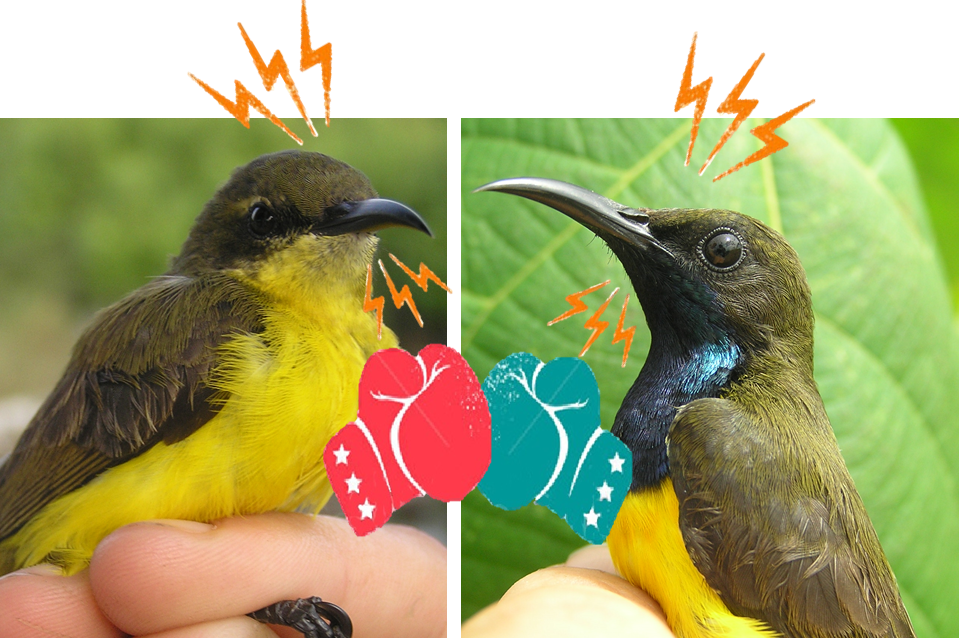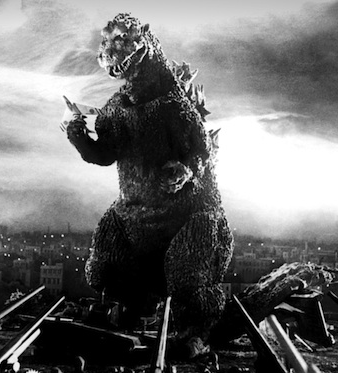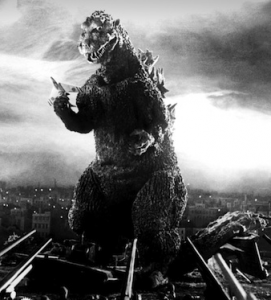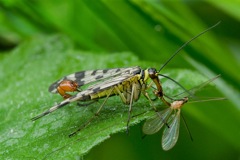The most iconic examples of sexual dimorphism are found in birds. Birds are probably many people’s introduction to this concept in the natural world, when brought to the park as a child and shown the difference between male and female mallards. But sexual dimorphism can be much more subtle than that kind of difference in colour (called dichromatism, and seen also in peacocks, pheasants, sparrows, and many more). Our new paper, just published by the Association for Tropical Biology and Conservation in their journal Biotropica, shows that sexual dimorphism can be missed in some birds even when it is important to their ecology and evolution.
Continue reading “Shy birds hiding evolutionary insights: cryptic sexual dimorphism in the Sulawesi Babbler”Battle of the sexes – Niche contraction in females but not males in high density island populations
This blog was first published on #theBOUblog. Check it out at https://www.bou.org.uk/blog-oconnell-olive-backed-sunbird-sexual-dimorphism/
Going right back to the time of Darwin, competition has always been seen as a driver of evolution. When we think of natural selection we often think of hyaenas and lions fighting it out on the plains of Africa, or a pack of wolves hassling a bear over a carcass. Resource competition like this is a daily part of survival for most animals, with a delicate balance of power between competitors which can change in different environments. However competition for resources takes place not only between species (interspecific competition), but within them (intraspecific competition), and often this is where competition is at its most fierce. Sexually dimorphic species present a special case when studying competition in different environments. They are species where the males and females are physically different, often in body size, but also in colouration and other characteristics. Males and females in sexually dimorphic species often occupy different but interlinked ecological niches. If intraspecific competition becomes more intense within a population of a sexually dimorphic species then one sex may suffer more than the other due to being smaller. In our recent paper in Emu – Austral Ornithology we report on one such case with a niche contraction in female Olive-backed Sunbirds (Cinnyris jugularis), but not males, in a highly competitive environment on small islands. This work was carried out on the remote and understudied islands of South-east Sulawesi, Indonesia (Figure 1), where a joint team of scientists from Trinity College Dublin (TCD) and Halu Oleo University (UHO) have been carrying out research into bird evolution since 1999.
Continue reading “Battle of the sexes – Niche contraction in females but not males in high density island populations”The Biology of Godzilla
Warning: minor spoilers ahead!
He’s back! Originally a metaphor for the horrors of the bombing of Hiroshima and Nagasaki in a heavily censored post-war Japan, Godzilla become a cultural icon whose name is known across the world. His latest incarnation is in Gareth Edward’s film which I saw on its opening weekend. And as a biologist I can’t help but watch with an eye towards the plausibility of the gigantic reptile and his opponents.
I was pleasantly surprised to find that, like Edward’s previous film Monsters, care had been taken to ensure that the titular creature and his adversaries had realistic behavioural traits. Of course, we are dealing with animals 100m tall so some artistic licence is being taken, but I was impressed with how the creatures had clearly been considered as biological organisms and I thought would be fun to discuss the monsters of Godzilla from a biological perspective. I will have to include some minor spoilers so do not read unless you have seen the film or don’t care. You have been warned!
Despite being the titular subject of the film, Godzilla is arguably not the protagonist though he is undoubtedly the saviour. The catalyst for the action is the birth of a MUTO. or Massive Unidentified Terrestrial Organism. It is soon apparent that the “terrestrial” part of its name is a misnomer as it takes to the skies upon gigantic wings. A second MUTO is discovered, though this time the term “terrestrial” holds true. This animal is also significantly larger than the first one and the scientists quickly recognise that rather than these being two different species, they are a male and female of the same species. The male is a highly mobile but smaller creature while the female is a much larger and less mobile animal.
This sexual dimorphism is common in the animal kingdom. We are used to thinking of males as the larger sex but this generally only occurs in territorial or polygamous animals where size is important in attracting and maintaining females. In species where these factors are not important females are often larger as they have a larger reproductive burden. Males can produce vast quantities of sperm at even relatively small sizes while the number of eggs a female can produce is directly related to her size. The larger a female can get, the more eggs she can produce. This type of sexual dimorphism is common in insects, spiders and fish and occurs occasionally in other taxa including mammals such as the spotted hyena and blue whale. Probably the most extreme example of this sexual dimorphism is seen in Ceratoid anglerfish, a family of deep sea fish whose low densities mean that finding a mate can be extremely difficult. To get over this problem the males have become parasitic, attaching to the first female they find and slowly lose their internal organs as their circulatory systems merge with that of the female. Their body atrophies until they are little more than testicles, ready to fertilise the female whenever she requires.
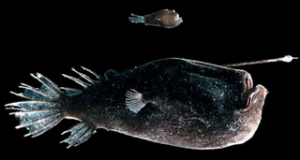
The smaller size of the males means that they are often more mobile than the females. Indeed, flightless females and volant males are not a construct of the film but are found in real life too. Scale insects and stick insects, among others, have this dichotomy of locomotive strategies. The larger an animal is, the more energetically costly it is to defy gravity. In addition, flying can open up the possibilities of predation. It is therefore safer for females to remain relatively sedentary and wait for males to come to them. In order to seek out as many females as possible, travel must be energetically cheap for the male. This means covering as much ground as possible which is easiest if they can fly which means being light. This is seen in the film as the male travels across the entire Pacific ocean in less than the time it takes the female to travel from Nevada to San Francisco.
The male MOTU attracts the female through the use of vocalisations: he calls to her. In the animal kingdom, too, it is predominantly the male who calls to attract females. From cicadas to penguins , males across the animal kingdom use their voice to tell females how great they are and what excellent genes they have. Blue whales have calls that can cross oceans so the male MUTO’s call to the female that crosses the Pacific is not inconceivable, though how it then travels across land to Nevada is stretching plausibility somewhat.
When the MUTOs finally meet they engage in a bonding ritual commonly seen in species who pair-bond. Species such as penguins and albatrosses, where pairings are maintained across more than one season, have ritual greetings that reaffirm their bonds. The MOTUs have so far been insectoid in their behaviour so this may seem out of keeping as pair bonding is commonly found in warm blooded animals. Yet there is an insect that pair bonds, the Lord Howe stick insect, although the female is also capable of reproducing through parthenogenesis. This may explain why we don’t actually see the MOTUs mate before the female lays eggs: she is capable of reproducing parthenogenetically. There are some species which are parthenogenetic but still require sperm to stimulate egg production. While we clearly see the female carrying eggs prior to her meeting the male, it may be that contact with the male, however brief, is required to stimulate egg laying.
Before the laying of eggs and after the pair bonding comes the gift giving. Nuptial gifts are common in the animal kingdom across many taxa. Sometimes these gifts come in the form of packages of highly nutritious sperm which the female eats, often while the male mates with her. The larger the gift, the longer she eats and the greater the chance she has of fertilising the eggs. In other species the gift is in the form of food the male has captured. It is this type of nuptial gift that the male MUTO offers the female, in the form of a nuclear bomb. Whatever rocks your boat!
The final two behaviors we see are nest guarding and emotion. The female MUTO protects her nest from Godzilla and shows grief and anger when her nest is destroyed by our plucky human protagonist. Many animals guard their nests and offspring. We are used to seeing mammals and birds protecting their young but this behavior is also present in insects, spiders and fish among others. For some animals, such as the octopus, this nest guarding is fatal as they are so dedicated to their protective role that they do not leave, even to eat, while the eggs develop. The grief that the female expresses is also seen in real life, though so far it has only been seen in mammals and birds. However, given the level of intelligence shown by the MUTOs, grief is not an inconceivable reaction.
The behaviours exhibited by the MUTOs are surprisingly biologically plausible. In a genre where science is often used only as far as necessary and scientific words are often thrown around without any consideration as to their suitability it was a surprise to see so much care going into these animals. This is not to say that everything about the creatures was accurate. Godzilla is 100m tall, the female MUTO is similar in size and the male, while smaller, is still several storeys tall and is capable of flight. A recent discovery of the largest dinosaur to date, a titanosaur from Argentina, was ‘only’ 20m tall and weighed just under 80 tonnes. The reason animals do not attain the size seen in fiction is a combination of the effects of gravity and the strength of organic materials. As animals get bigger their volume grows faster than their length and this puts increasing pressure on their skeleton. There is a size above which it is impossible to function and it is unlikely that anything larger than the recent dinosaur discovered will be significantly surpassed. Godzilla and his kaiju compatriots are fortunately physically impossible on our planet. Equally, their diet is implausible and raises the question of why, if they can absorb radiation, do they need mouths? The characteristics of Godzilla himself are even less biologically sound, but many of his most egregious characteristics date back to his creation, when creating a powerful metaphor for violent destruction was more the more pressing concern.
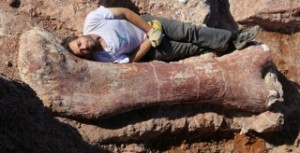
Giant monsters are a staple of genre fiction and, like the transporters of Star Trek or the time travel of the Terminator films, if you cannot suspend your disbelief in that regard then you’d better not watch. But often it is the case that you are willing to suspend some disbelief but then the writer or director expects you to go further and asks you to throw any desire for realism out of the window. The pleasant surprise with this film is the effort the filmmakers have made to make their creatures feel real. They looked amazing, moved realistically and, most surprisingly of all, behaved realistically. I hope that this is the first of many films that exploit the amazing diversity of real life to their advantage, rather than make things up. When real life is so diverse and bizarre, why bother with fiction? Save that for the plot!
Author: Sarah Hearne, hearnes[at]tcd.ie, @SarahVHearne
Images: Wikicommons

